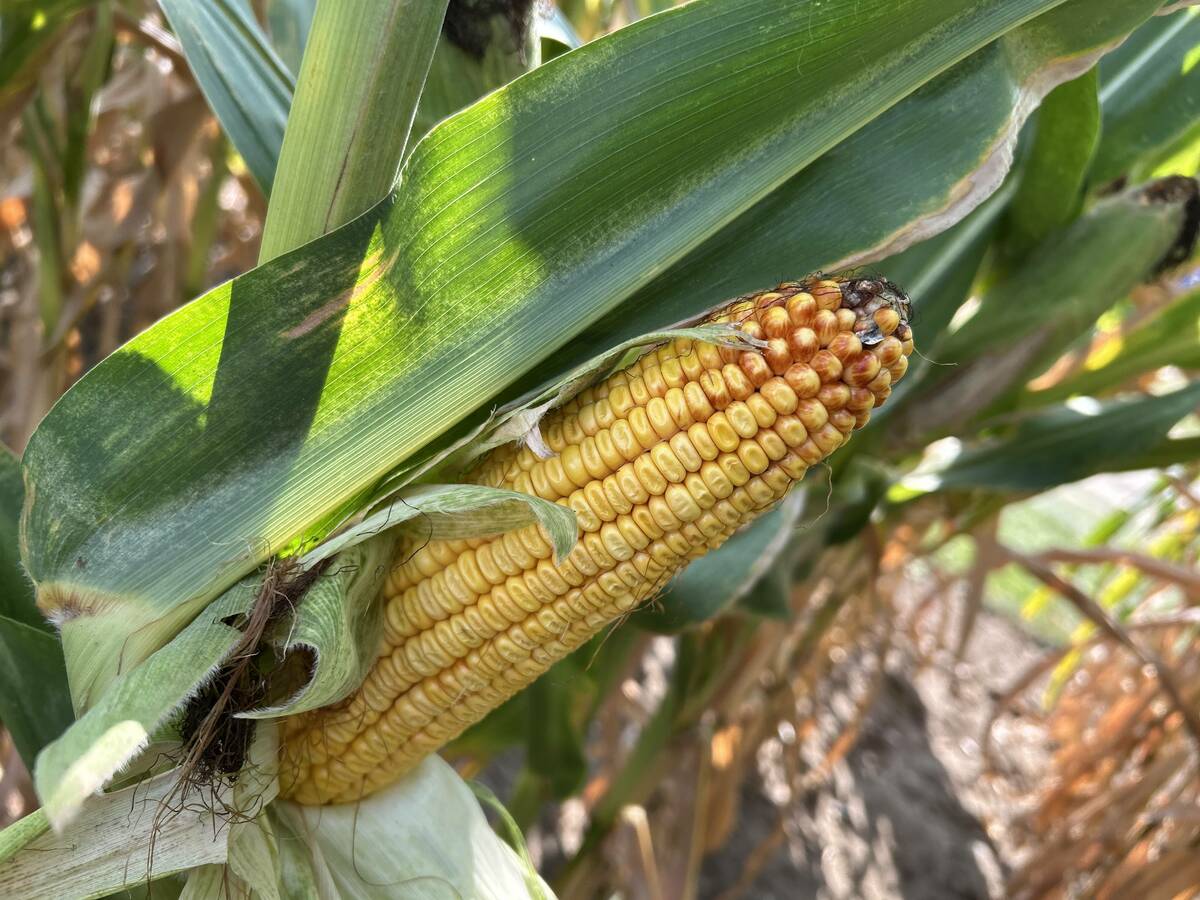China is expected to return to the dry edible bean market in full force this year.
Anthony Kulbacki, chief operating officer for the special crops division of Legumex Walker Inc., believes growers will be eager to plant a big crop this spring.
“We’re expecting some decent production there because worldwide carryover stocks are down, so there’s some good prices, and I think that should encourage Chinese growers to put beans in the ground,” he said.
Prices are up because of last year’s crop failures in China, Argentina and portions of North America. Short crops in those important production regions caused a drawdown of global supplies.
Read Also

Crop estimates show mixed results
Model-based estimates used by Statistics Canada showed the 2025/26 crop year has seen increases in canola, corn for grain, oats and lentils production while seeing dips in spring wheat, durum wheat, soybeans and barley in comparison to 2024/25.
Kulbacki recently returned from a trip to China, where he reviewed the company’s operations and met with customers.
Legumex Walker operates sales offices in Beijing and Hong Kong and owns bean processing plants in Dalian and Tianjin.
His contacts expect that Chinese growers may plant more beans than normal.
“Where we see the price levels now should encourage at least a return to historical production, if not a bit more,” said Kulbacki.
China produces a wide variety of beans, including light speckled kidney, blacks, navies, mung, white broad and adzuki. They are grown mainly in northeastern China. Seeding is expected to start in May in Heilongjiang province.
Growers produced 1.31 million tonnes of the crop last year, down from the previous five-year average of 1.52 million tonnes, according to Stat Publishing.
Exports were 883,000 tonnes, down from the previous five-year average of 976,931 tonnes.
Kulbacki said stocks of Chinese beans are dwindling based on conversations he has had with people in the trade and on the company’s own supply situation.
“We still have some contracts to complete, but for all intents and purposes most of the crop will be marketed, if not all of it, by the time we head into harvest next year,” he said.
Kulbacki anticipates a similar rebound in North American bean production, which is where most of the company’s bean processing business is located.
Legumex Walker expects strong market performance for the smaller classes of beans, such as cranberry, dark red kidneys, white, great northern and to a lesser ex-tent navies.
The large classes such as blacks and pintos may not perform as well.
Kulbacki said growers should be aware there may be limited seed availability for some classes of beans.
Chinese demand for Canadian yellow peas is expected to remain strong this year. China imported one million tonnes of peas last year, of which 966,000 tonnes came from Canada.
“Clearly it’s an important market for us, and I expect that to continue,” said Kulbacki.
“I think it will be steady as she goes.”
He also anticipated steady Indian demand for Canadian yellow peas this year.
The Indian government is forecasting a record 19.77 million tonnes of pulse production in 2013-14, but Kulbacki said recent rain and hail damage could shave one million tonnes off the number.
“I think demand is going to be more or less consistent there,” he said.
“I don’t think this (potential) reduction is going to result in any huge jump in imports.”
India is a price sensitive market that will look first to Russia and Ukraine to meet production shortfalls, particularly if Canada’s rail transportation problems persist.















